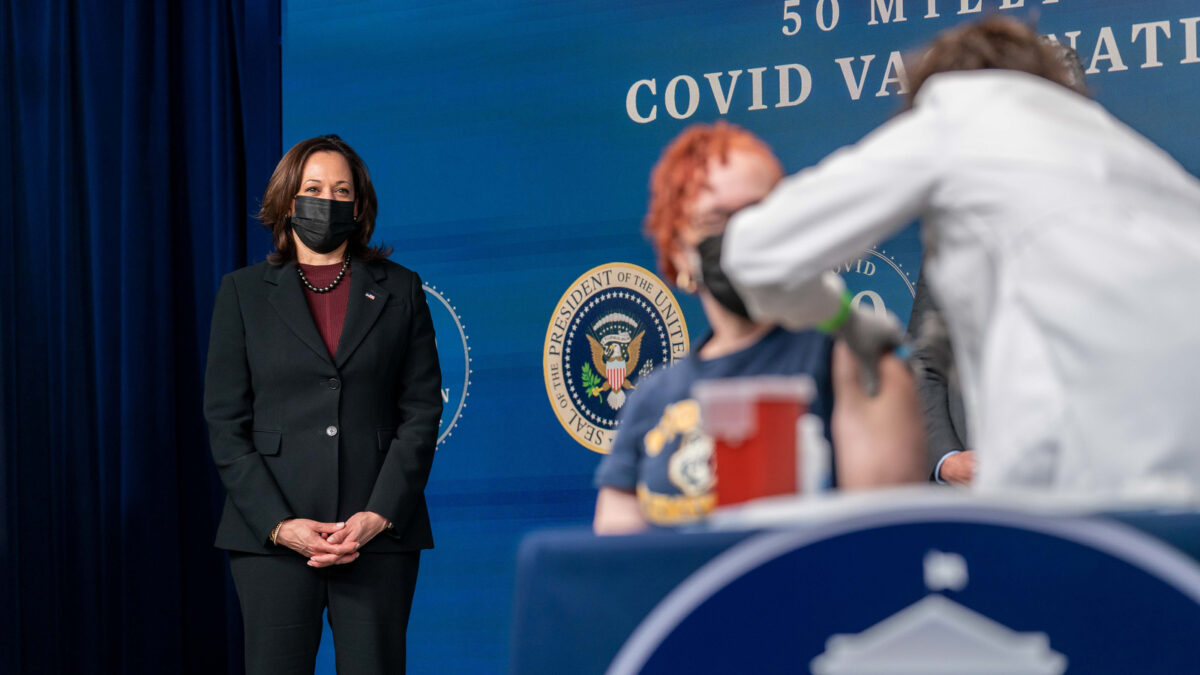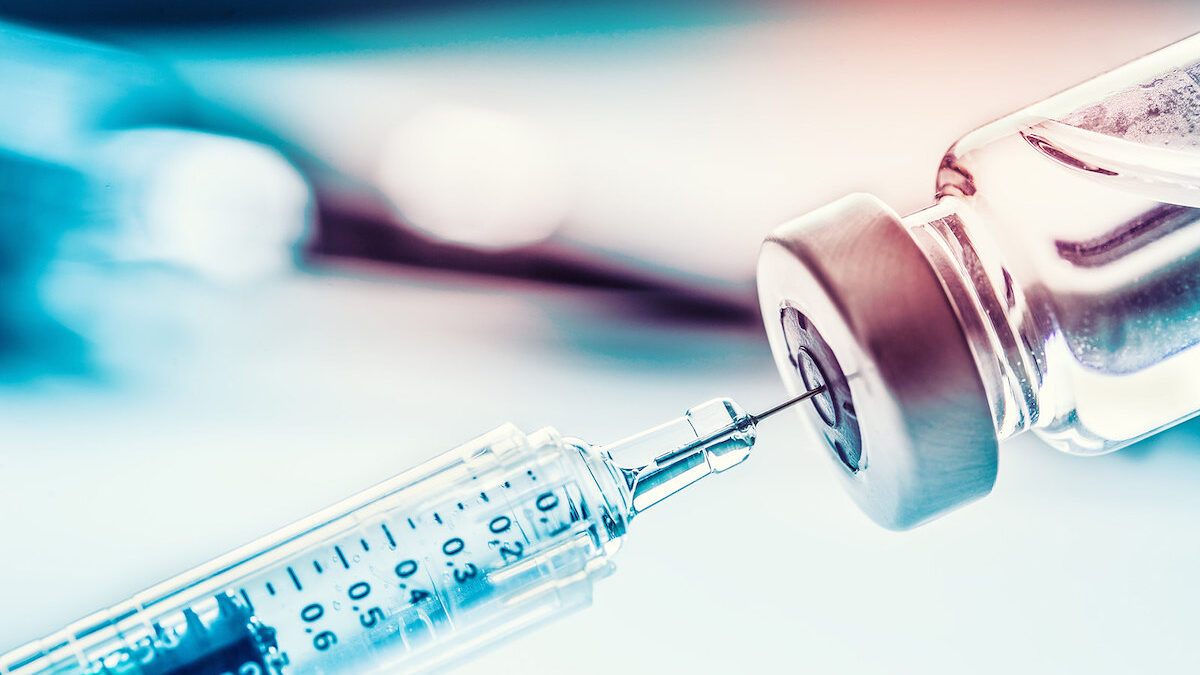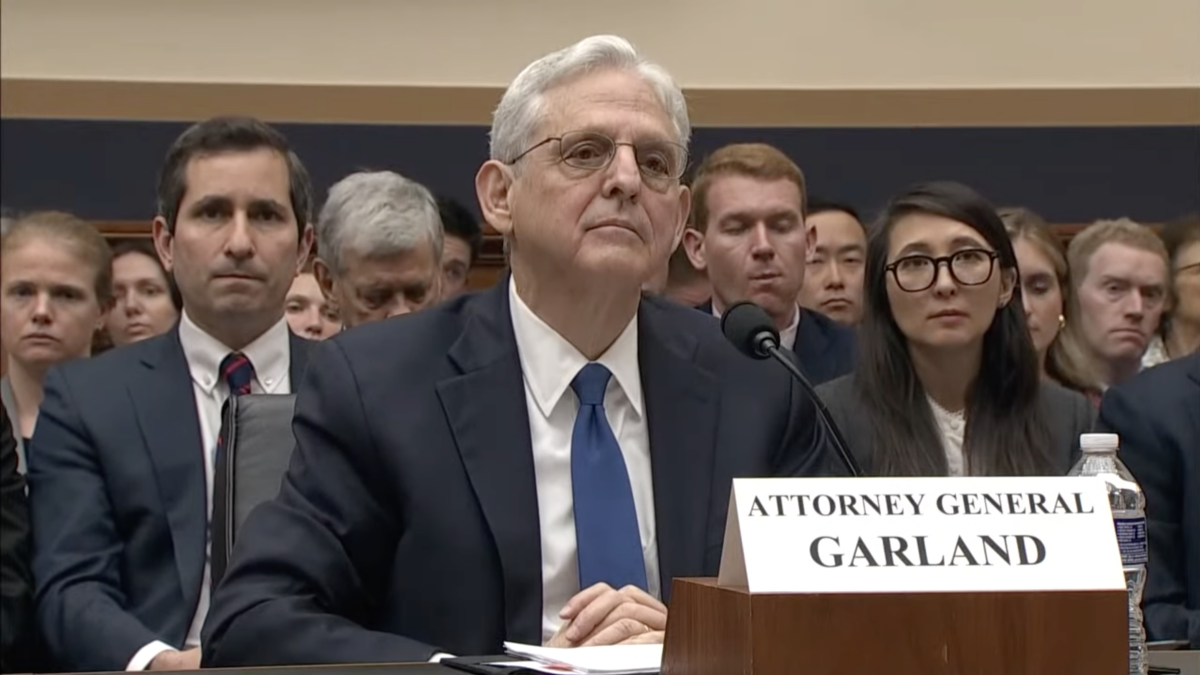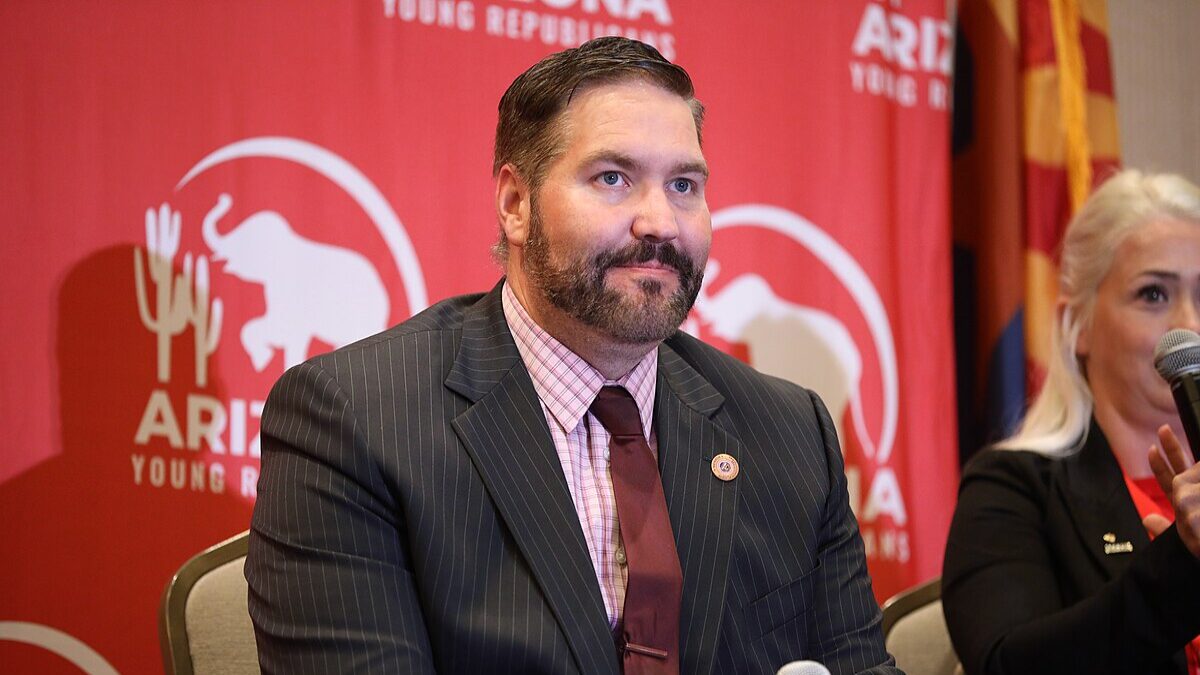
In mid-April, 69 percent of 2,394 registered U.S. voters polled said it is “necessary” to develop a coronavirus vaccine “before we reopen the economy.” Politicians are beginning to shift the goalposts in this direction as well, from “flattening the curve” to avoid overwhelming hospitals with COVID-19 patients to restricting social and economic activity “until we have a vaccine.”
For example, Gov. Gavin Newsom said Tuesday that Californians will not be allowed to get “back to normal…until we get to immunity and a vaccine.” This while he unveiled “Depression era” job losses that have already cost California taxpayers billions in unemployment payouts alone.
Yet top medical experts estimate the fastest we could get a Wuhan flu vaccine would be between 18 months and two years away. Also, vaccines for coronaviruses are notoriously unreliable, such that even getting a vaccine could still mean widespread infections. Scientists note that “no vaccine has ever been approved for use in the US or UK against other forms of coronavirus” because coronaviruses are very hard to develop effective vaccines for, like the flu and common cold.
Then, if there even is an effective vaccine developed within two years — again, a huge if — it can’t be rolled out to the world’s 8 billion people quickly. In short, we’re going to have to live with this for a long time.
It’s still not two months into shutting down society to fix a problem that looks likely to be with us for at least ten times this span. Already 33 million Americans have filed for unemployment, or one in five of all paid workers. Our national debt has outstripped the size of our gross domestic product. Congress has spent nearly $4 trillion we don’t have bailing out a fraction of the economic losses.
Some 40 million U.S. kids will likely lose an entire year of learning due to the disruptions. Meat prices are hiking and shortages looming as farmers shoot cows and smother chickens they can’t sell restaurants. Nearly half of Americans say the crisis is messing with their minds, and a federal mental help hotline reported a 1,000 percent increase in contacts in April.
Clearly, shutdowns and bailouts are unsustainable for 18 months to two years. We need a new and better set of strategies, and we can’t put it off any further. Here are some questions the American public, pollsters, and our representatives need to start answering about how we’re going to handle this given that reality.
What Do You Know About COVID-19?
What does it mean to “flatten the curve”?
How does coronavirus tend to affect those younger than 50 compared to those older than 50?
What percentage of people in your county have contracted coronavirus? What percentage of your county’s population has died from coronavirus? What about for your state?
What is the major goal of the lockdowns: getting as few people infected as possible; slowing the spread so many people aren’t dangerously ill at once; slowing the spread until a vaccine; some combination of these; other?
From which of each of these do more Americans die and contract injuries every year so far: obesity, heart disease, coronavirus, car accidents, cancer, falls? Should government ban everything that causes a similar or bigger death toll than coronavirus?
Historically, quarantine has meant isolating the sick, not the healthy. Would you be willing to try this strategy instead of isolating healthy people?
Shutdown Until a Vaccine
Top U.S. medical experts do not believe a coronavirus vaccine will be available until sometime in 2021, perhaps as long as two years. Assuming they are correct, should we stay locked down until a vaccine is widely available?
Should we pay people to be out of work for up to two years or more to shelter at home until a vaccine?How will we pay for that?
If we pay lots of people not work, what will happen to their employers? What will happen to the things that they and their employers produced? Do we simply not need any of those things?
Should children be out of school for two years until a vaccine may become available? If not, how long?
Should museums, gyms, restaurants, and national parks remain closed for up to two years? If we do that, how many do you expect will survive?
Should dual-income and single parents be forced to work from home while homeschooling their kids for two years? Will children learn as much in those two years as they would in school? Should taxpayers pay for the education resources and tutoring these children receive online in that span?
Should government force people to get a coronavirus vaccine once it is available? What if the vaccine is only 20-30 percent effective, or even only 3-9 percent effective, like the flu vaccine is against some strains? What if the vaccine is developed using body parts harvested from aborted children? What if the vaccine’s side effects are serious for certain populations? What if developing the vaccine causes test subjects to die from the disease?
Personal Effects
Have you taken any “non-essential trips” or violated any quarantine orders during your local lockdown — such as a grocery run to get fewer than five items, a visit to a local park, or in-home socializing with friends? Should such activities be illegal? If yes, should they be punished with: a) arrest b) a fine c) community service d) jail time e) other (please specify)?
If we get a coronavirus vaccine at 30-40 percent effectiveness in two years, should we have shut down schools and workplaces that whole time?
What is your upper limit on how long shutdowns should last? Does that correlate with you having an office job?
Do you know anyone who had a serious case of coronavirus? Has that made you more or less likely to support shutdowns?
Should the elderly be required to die alone or go without seeing all friends and relatives in person for up to two years because of the risk of coronavirus to their health? Or should they be allowed to choose whether to take that risk?
Is death the worst thing that could happen to you?
Car crashes injure 2 million Americans every year. Do you plan to resume driving as normal once coronavirus shutdowns subside?
Absorbing Shutdown Effects
How many months do you think the United States could continue lockdowns and shutdowns before there are shortages of essential items — or do you think there will be no shortages regardless of lockdown length?
What is the limit on how much every American should be taxed or otherwise forced (such as in lost lifetime earnings) to pay for each coronavirus patient who needs hospital care? $5,000? $20,000? $100,000? An unlimited amount? How can they pay this atop taxes for the military, redistribution of their wealth to other Americans through existing entitlements, public schools and higher education, health care for half the nation, unemployment payouts, and interest on the federal debt, plus their personal bills?
Where will Americans get that money if they are banned from working? Where will they get that money even if they do work, given that the median annual U.S. household income before the coronavirus recession was approximately $60,000?
Medicare is a federal program that subsidizes health insurance and care for Americans older than age 65. It is the second-largest federal spending item, and accounts for one-fifth of all annual U.S. health care spending. The typical retiring couple gets at least $280,000 more from Medicare than they put in. It is impossible to fix federal spending problems without cutting this program. Should we divert funds from Medicare to coronavirus bailouts and health expenses?
Social Security sends checks to retired Americans, who are the wealthiest generation in American history and the generation with the most assets. It is the largest area of annual federal spending. It is impossible to fix federal spending problems without cutting this program. Should we divert funds from Social Security to coronavirus bailouts and health expenses? If not, where should we get the money?
The current federal debt is $202,000 per taxpayer. The difference between how much we have promised to pay through entitlement programs such as Social Security and Medicare versus how much money taxes are projected to take in for these programs currently equals approximately $450,000 per citizen. How much bigger should these debt loads get to pay for people not to work during coronavirus? Is it fair to make people pay for government benefits for previous generations? To what extent?
If governments took every penny from every U.S. billionaire, it could run the federal government at pre-coronavirus spending levels for eight to nine months total, or pay for $2.4 trillion of the $3.6 trillion in emergency federal coronavirus spending so far. So additional coronavirus spending must come from America’s middle class. How much should lawmakers cut Social Security benefits per person to pay for coronavirus unemployment and bail out states? How much should they cut food stamps? Medicaid? Obamacare subsidies? Children’s health insurance? Education subsidies?
To deal with all these financial effects, plus dramatic decreases in tax revenue due to unemployment, what other federal spending should be cut: Foreign wars; earmarks for Planned Parenthood; subsidies to foreign governments and organizations such as the United Nations; subsidies to higher education; unconstitutional agencies such as the Environmental Protection Agency, Department of Housing and Urban Development, and Department of Education; federal agencies that run extralegal courts such as the National Labor Relations Board and Consumer Financial Protection Bureau; (pick other)?
State and Local Effects
If teachers aren’t working for two years and taxpayers are out of work and can’t pay taxes for teachers who aren’t teaching their kids, should teachers be fired? What about the public school employees who are not teachers, which is approximately half of the people public schools employ?
Should doctors who aren’t treating coronavirus patients lose their practices because they can’t see patients? What will happen to people with diseases and health needs other than coronavirus if they do?
Should your town lose money for schools, police, and roads due to people not working or going out and thus not paying income and sales taxes? If not, where should we get the money to pay for them? From future tax revenue from today’s kids who aren’t getting educated for the forseeable future?
States that shut down longer than others will lose more in tax revenue, plus higher expenditures on measures such as unemployment insurance, food stamps, and housing assistance. Should citizens of states that open their economies earlier be forced to pay for the higher government spending of states that open their economies later? What about if a later-opening state has fewer coronavirus cases per capita than some of those earlier-opening states?
Many states and cities — especially California, Illinois, and New York — have mismanaged their finances for decades and were nearing bankruptcy. Should taxpayers in better-managed areas be required to bail out locales with pre-existing financial mismanagement that the coronavirus economic collapse pushed into bankruptcy?









